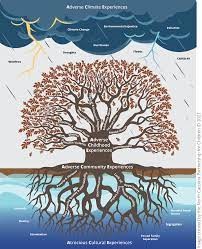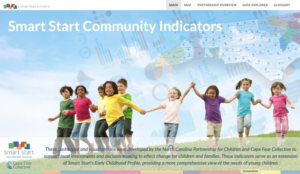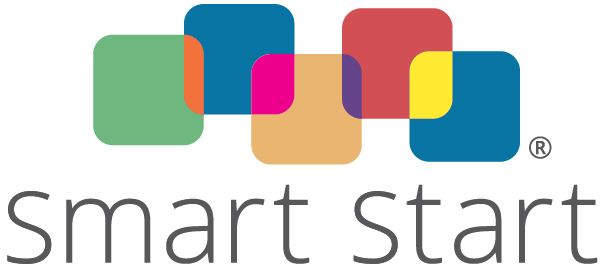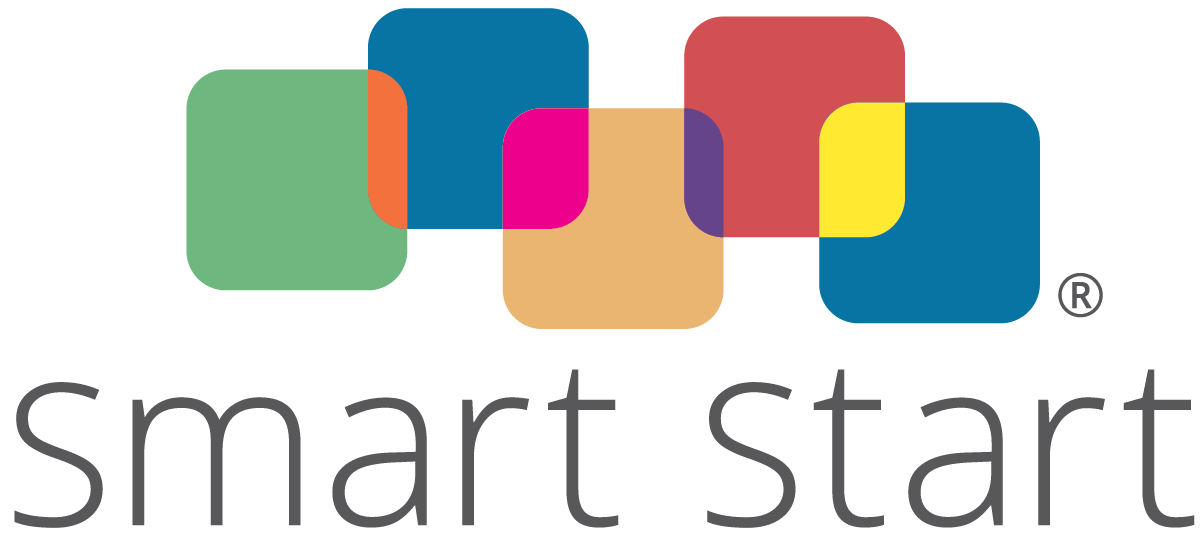Preparing North Carolina’s Children and Communities for Adverse Climate Experiences
The NC Healthy and Resilient Communities Initiative considers the 4 Realms of ACEs framework for its work, acknowledging that stress and trauma for children and families comes from several different realms.
These realms include

-
- Adverse Childhood Experiences
- Atrocious Cultural Experiences
- Adverse Community Experiences
- Adverse Climate Experiences
Adverse Climate Experiences—the fourth ACE—deserve more attention, especially given North Carolina’s history with hurricanes, floods, and tornadoes.
June marks the start of Atlantic Hurricane Season. and with increasing adverse climate experiences such as extreme heat, we must prepare for disasters of all kinds—at the personal, organizational, and community levels.
Children Vulnerability During Disasters
While disasters like hurricanes affect everyone, children, especially those in early childhood, are particularly vulnerable. Early childhood is a uniquely vulnerable time because of young children’s reliance on the adults around them, their physical fragility, and their developmental sensitivity—with the 4 Realms of ACEs more strongly impacting their health, security and psychological well-being.
The National Center for Disaster Preparedness’ Resilient Children Resilient Communities Initiative encourages that children be kept in mind when disaster planning.
Because children are some of the most vulnerable residents of our communities, if their needs are met, it is almost certain that the needs of others will also be adequately met.
Recommendations for Disaster Preparedness
Organizations and individuals that focus on children and have a chance of having children on the premise during a disaster (child care homes and centers, early childhood nonprofit organizations, hospitals, foster care homes, and schools) are encouraged to:
- Invest in creating a disaster plan that includes evacuation plans for all.
- Create a contact list (emergency and non-emergency) for all children in care and ensure all caregivers and guardians know how to communicate in the event of a disaster.
- Decide on a designated meeting spot and time in the case of separation.
- Purchase/create a disaster kit that includes enough supplies for several days. This kit should include medication, diapers and wipes, food – including formula (liquid is more sterile than powdered especially if quality of water is uncertain,) water (1 gallon per person per day,) non-perishable food, and a can opener. The kit should also include comfort items like toys and blankets and other items to entertain children and help keep adults calm.
- Participate in disaster planning workshops and/or scenario exercises if the community provides such services.
Smart Start Community Indicator’s Dashboard Shows Social Vulnerability Index
The Smart Start Community Indicators Dashboard, a dashboard that contains insights and visualizations to support pl anning and decision making for county-level investments, provides data on critical early childhood indicators at the county, local partnership, and census-tract level. These indicators include population level, child abuse incidence, infant mortality, teen birth incidence, and more.
anning and decision making for county-level investments, provides data on critical early childhood indicators at the county, local partnership, and census-tract level. These indicators include population level, child abuse incidence, infant mortality, teen birth incidence, and more.
One important indicator highlighted in the dashboard is the Social Vulnerability Index (SVI) indicator available by census track. SVI was created by the Centers for Disease Control and Prevention (CDC) for the purpose of identifying communities that may need support before, during, or after disasters.
The SVI refers to “the demographic and socioeconomic factors (such as poverty, lack of access to transportation, and crowded housing) that adversely affect communities that encounter hazards and other community-level stressors. These stressors can include natural or human-caused disasters (such as tornadoes or chemical spills) or disease outbreaks (such as COVID-19)”.
Communities with high social vulnerability numbers are particularly in need of support to plan and prepare for disasters.
We encourage outreach specifically to areas especially vulnerable to assist families and organizations to prepare for disasters.
Other resources to consider:
- National Center for Disaster Preparedness RCRC Toolbox | Resilient Children / Resilient Communities
- Out-of-Home Placement Foster Care Emergency & Disaster Plan Template (rcrctoolbox.org)
- Building a kit supply list Build A Kit | Ready.gov
- National Hurricane Center (noaa.gov)
- The 2024 NOAA hurricane season forecast is unlike any other. See the record predictions. (msn.com)








